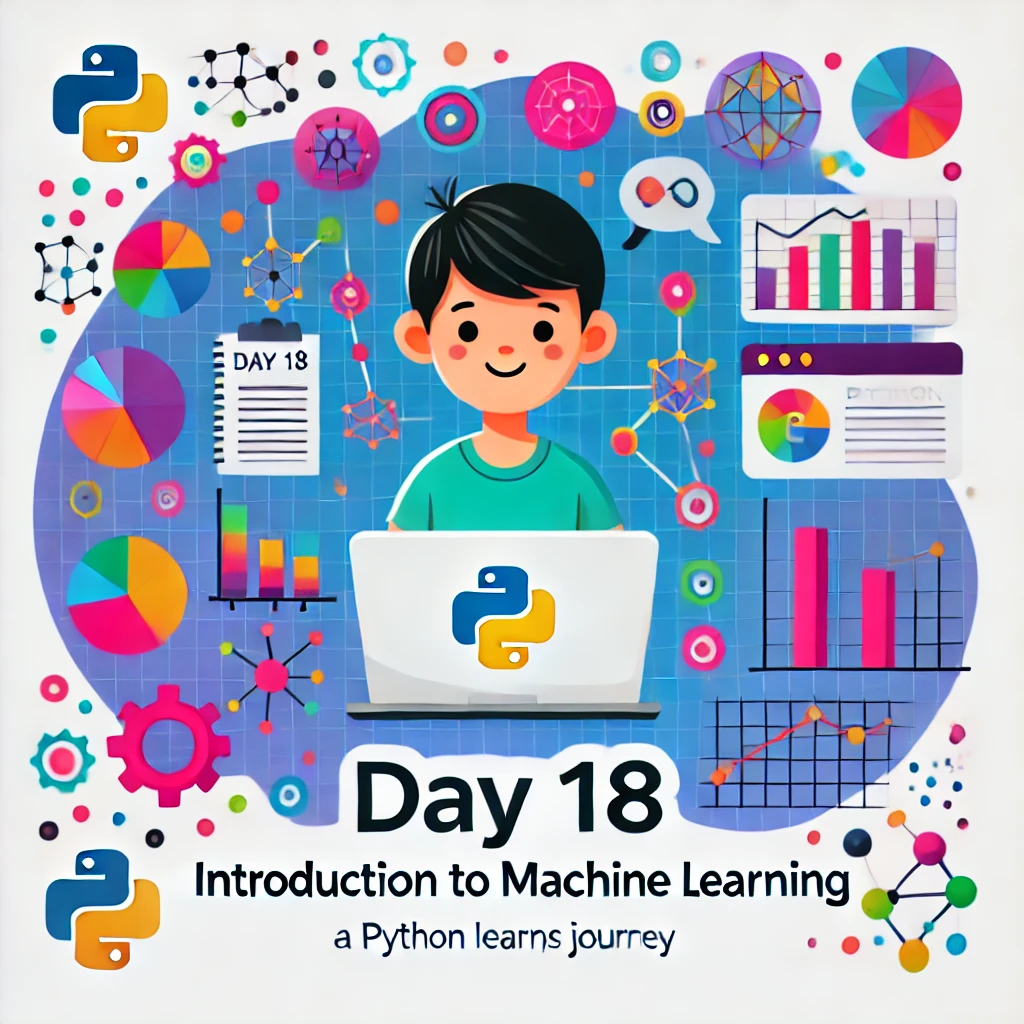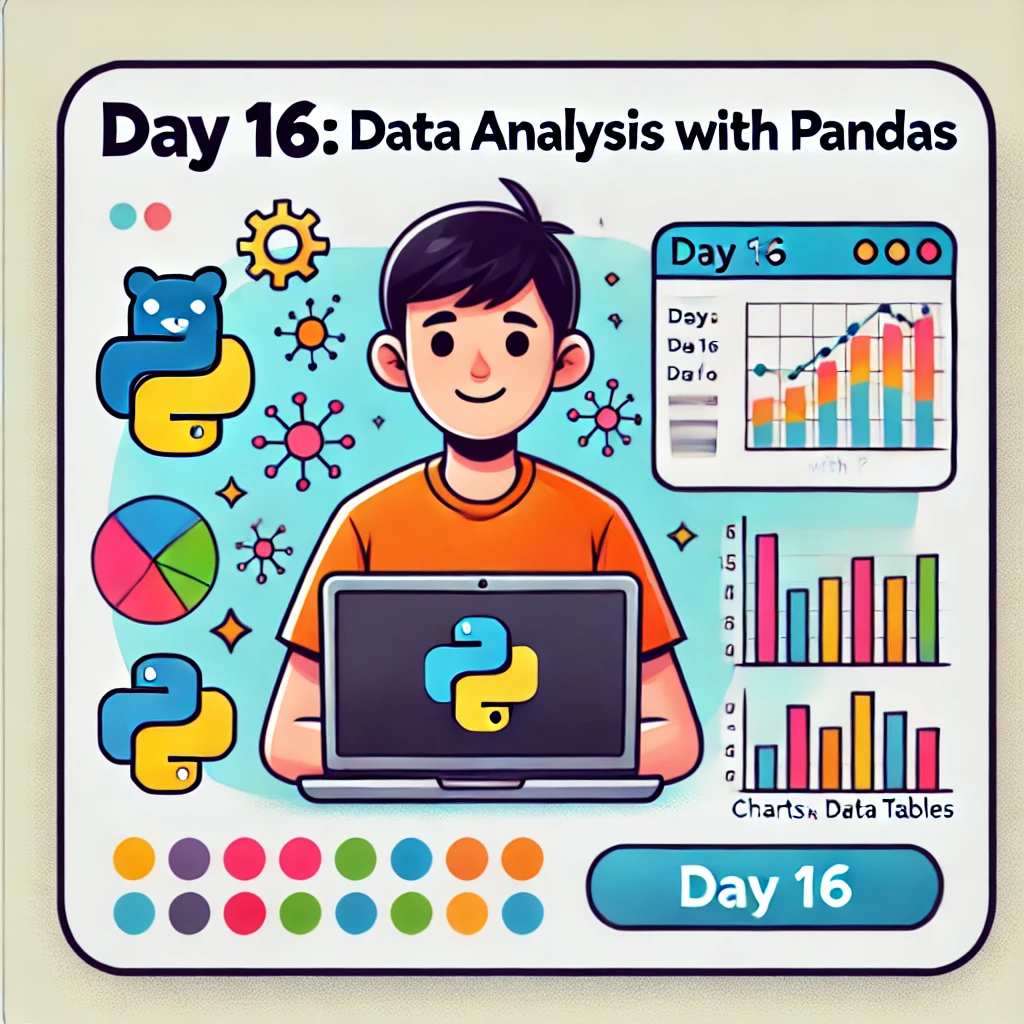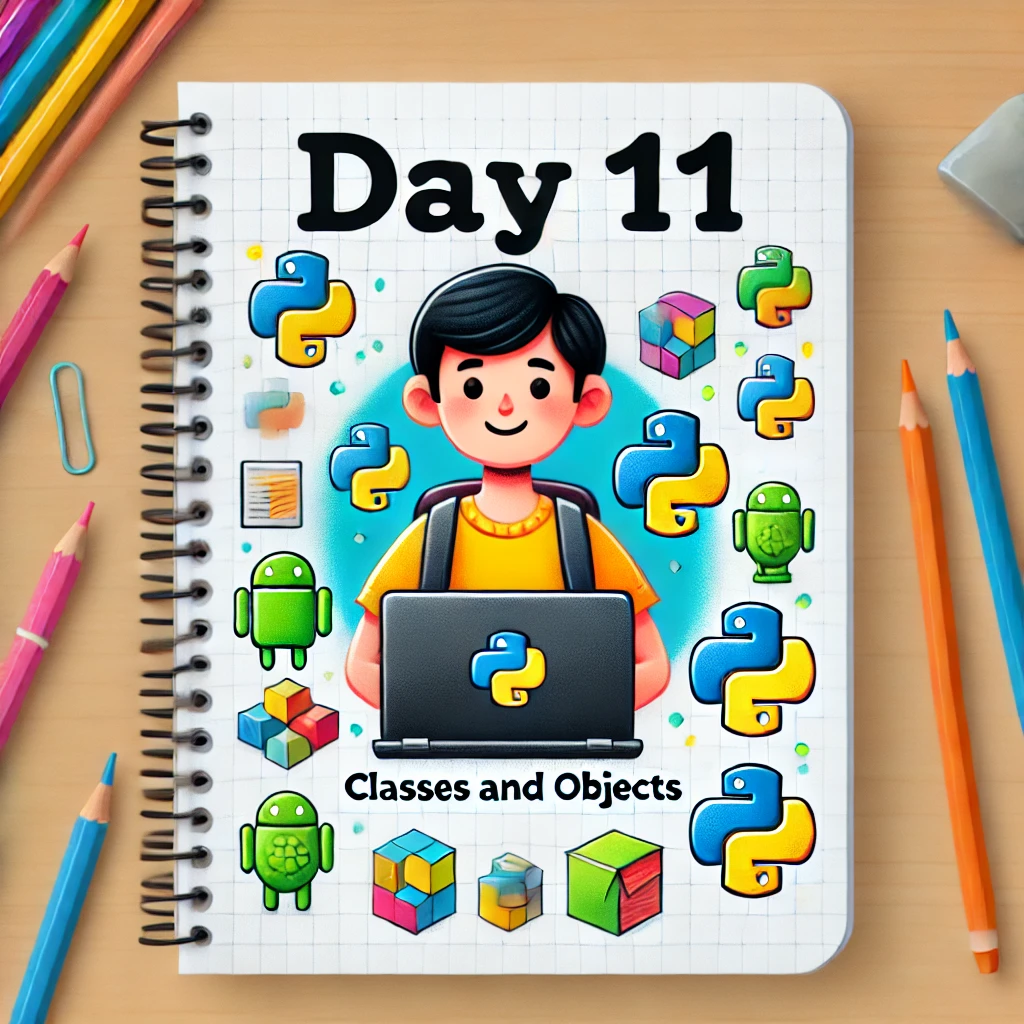Tag: python
-
Python 101: Unpacking Python’s Counter Class with A Detailed Look at Its Source Code and Functionality
•
The Counter class in Python’s collections module is implemented in C for performance reasons. However, a simplified version in Python can help us understand its functionality and structure. Below is a detailed explanation of a basic version of Counter. Simplified Source Code for Counter from collections import defaultdict class Counter(dict):…
-
Python 101: `if not root:` vs `if root is None:`
•
In Python, both if not root: and if root is None: are used to check if a variable is None, but they have subtle differences in their behavior and use cases: if not root: Behavior: This condition checks if root is "falsy." In Python, values like None, 0, False, empty…
-

Learn Python this summer Day 18: Introduction to Machine Learning
•
Welcome back! Yesterday, we learned about data visualization with matplotlib. Today, we’ll dive into the basics of machine learning and explore some simple algorithms using scikit-learn. By the end of this day, you’ll have a foundational understanding of machine learning concepts and how to implement them in Python. Let’s get…
-

Learn Python this summer Day 17: Visualization with Matplotlib
•
Welcome back! Yesterday, we learned about data analysis with pandas. Today, we’ll dive into data visualization with matplotlib, a powerful library for creating visual representations of your data. By the end of this day, you’ll know how to create various types of charts and graphs to better understand and communicate…
-

Learn Python this summer Day 16: Data Analysis with Pandas
•
Welcome back! Yesterday, we learned about working with APIs. Today, we’ll dive into data analysis with pandas, a powerful library for data manipulation and analysis. By the end of this day, you’ll know how to use pandas to handle and analyze data efficiently. Let’s get started! What is Pandas? Pandas…
-

Learn Python this summer Day 11: Classes and Objects
•
Welcome back! Yesterday, we learned about dictionaries and sets in Python. Today, we’ll dive into classes and objects, which are the foundation of object-oriented programming (OOP). By the end of this day, you’ll know how to create and use classes and objects in Python. Let’s get started! What are Classes…
-
Code Interview: Python for Coding Interviews
•
Python for Coding Interviews Variables Python is dynamically typed, meaning you don’t need to declare the type of a variable. Here’s how it works: n = 0 print(n) # Output: 0 n = "ABC" print(n) # Output: ABC Multiple Assignments You can assign multiple variables in one line: a, b…
-
Python 101: Immutable vs Mutable Objects in Python
•
In Python, objects are categorized as either mutable or immutable. Understanding the distinction between these two types of objects is crucial for efficient programming and can profoundly influence your decision when choosing which data type to use in solving a given programming problem. Immutable Objects: Immutable objects do not allow…
-
Python 101: Is there a specific reason why lists have append() but not add() in Python
•
The distinction between the append() method for lists and the add() method for sets in Python can be attributed to the fundamental differences in the way lists and sets are structured and used. Lists are ordered collections of items, meaning that the items in a list have a specific order,…
-
Python 101: memo = {} vs memo = dict() in Python
•
memo = {} vs memo = dict() The choice between memo = {} and memo = dict() in Python can be seen as a matter of personal preference, as both achieve the same result. The {} syntax is a shorthand for creating an empty dictionary, while dict() is the explicit…